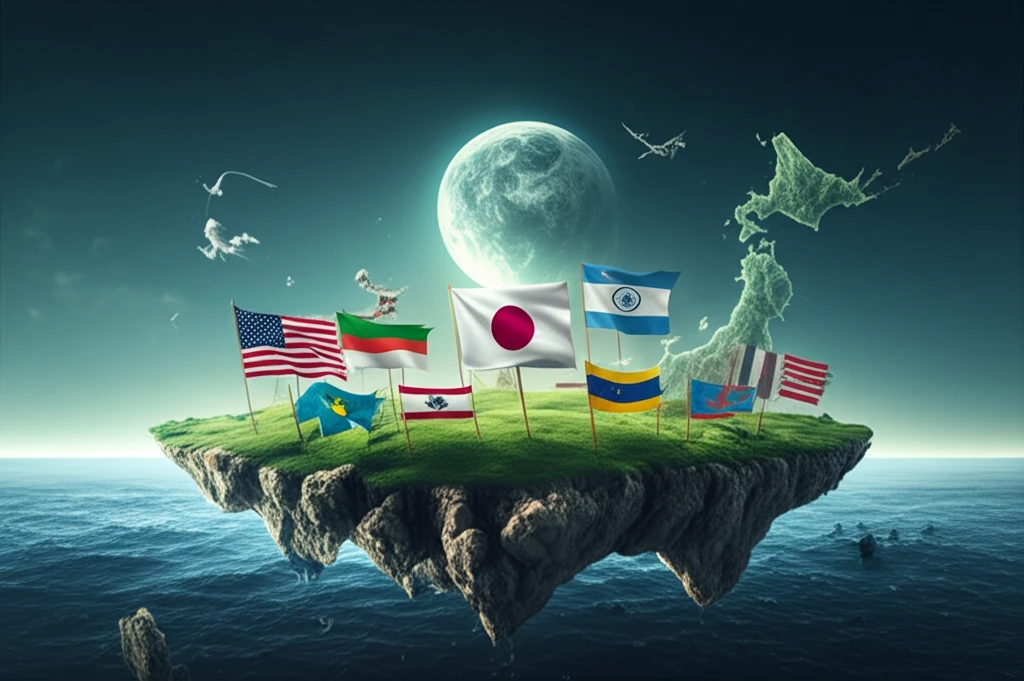
Pacific Power Dynamics: How Japan's Evolving Diplomacy Shapes Island Nations' Futures
"A deep dive into Japan's strategic alliances with Pacific Island countries, its historical context, and the implications for regional stability and development."
In July 2018, as Australia and the U.S. solidified their security partnership, a parallel narrative was unfolding in the Pacific. The increasing attention on China's influence has spotlighted Japan's long-standing diplomatic efforts with Pacific Island countries, aiming to foster cooperation and stability in the region. This approach mirrors Japan’s broader "Indo-Pacific Strategy," designed to cultivate cooperative relationships across the Indo-Pacific area.
Historically, the ties between the U.S., Australia, New Zealand, and the Pacific Island countries have been deeply rooted. Micronesia was often seen as being within the U.S. sphere of influence, while Polynesia and Melanesia aligned more closely with the Commonwealth of Nations. These islands achieved independence largely through peaceful negotiations, relying on support from their former colonial powers for continued stability. However, the rise of China has prompted these traditional powers to reassess their policies, seeking to maintain their influence amidst China's growing presence.
Japan's engagement with the Pacific predates China's surge in the region. Recognizing its geographical proximity and shared island identity, Japan has proactively sought closer ties with its Pacific neighbors through diplomacy. The 8th Pacific Islands Leaders Meeting (PALM 8), held in Iwaki City in May 2018, symbolizes Japan's commitment. These triennial summits serve as a platform for Japan's Prime Minister to engage with leaders from Pacific Islands Forum (PIF) member countries, focusing on maritime security and economic cooperation.
Why Japan's Pacific Diplomacy Matters: Understanding the Historical Context

Japan's commitment to the Pacific Islands emerged distinctly in the latter half of the 20th century. By the early 1970s, Japan initiated Official Development Assistance (ODA) to newly independent nations such as Samoa and Fiji. However, Micronesia remained under U.S. control as a United Nations trust territory, and other islands were still colonies of the British Commonwealth. This limited Japan's direct diplomatic engagement to a select few nations.
- 1970s: Japan begins providing ODA to Samoa and Fiji.
- 1985: Prime Minister Yasuhiro Nakasone visits Fiji and Papua New Guinea.
- 1987: Japan formalizes its Pacific Islands policy based on independence, regional cooperation, and economic stability.
- 1997: The first Japan-SPF Summit Meeting is held in Tokyo.
Looking Ahead: Japan's Continued Role in the Pacific
As Japan continues to navigate its role in the Pacific, it must clarify its objectives, especially regarding the inclusion of non-independent territories in forums like PALM. The key to sustained influence lies in fostering genuine trust and providing a platform for open dialogue, ensuring that all parties can address evolving challenges collaboratively. Only through such commitment can Japan hope to maintain its centripetal force and contribute positively to the future of the Pacific region.
